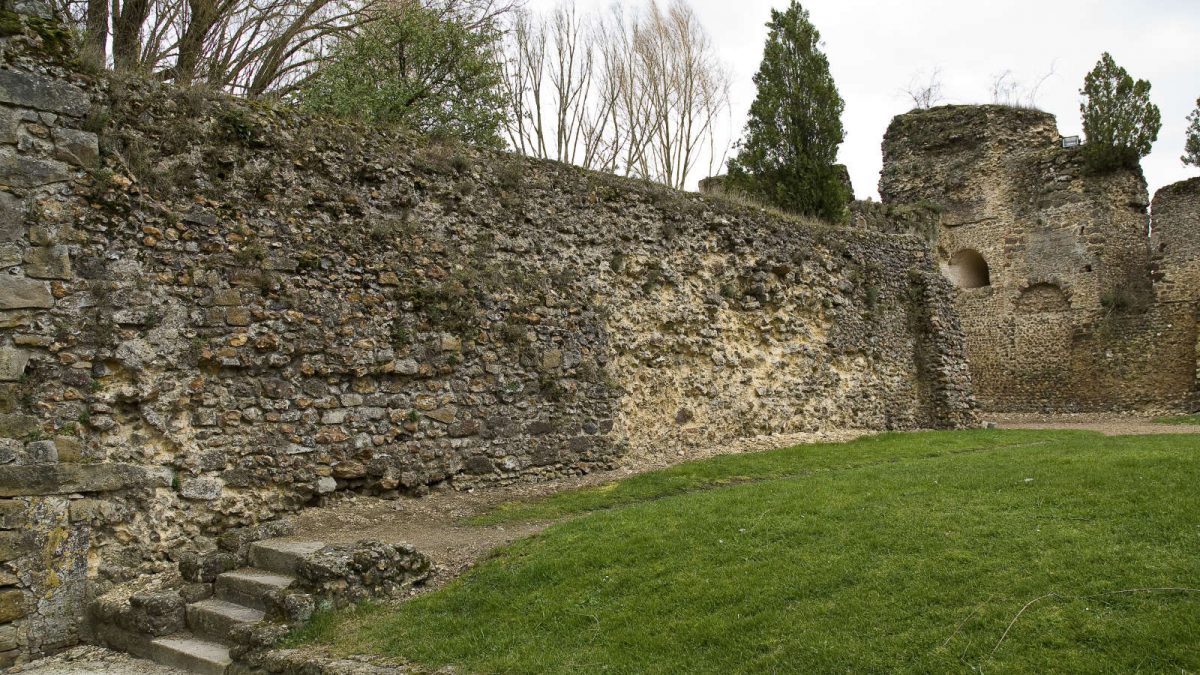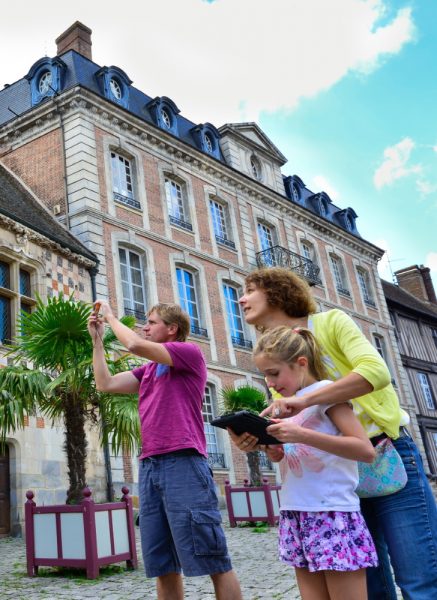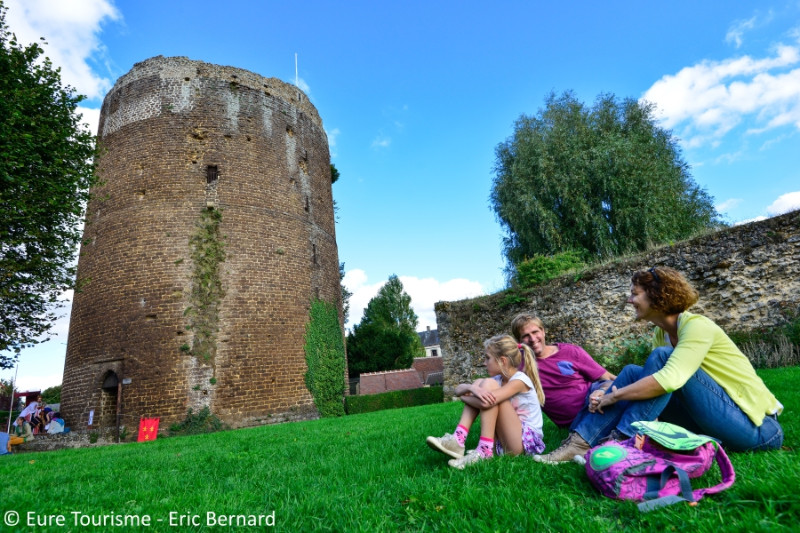For nearly three centuries, the Avre valley had the perilous honor of serving as the border between the Kingdom of France and the Duchy of Normandy. In Normandy South Eure, the towns, fortresses and religious buildings today constitute the vestiges of this glorious past.
A destination intimately linked to its medieval history
From the end of VIIIe century, the Vikings, formidable warriors of the sea, arrived from Scandinavia and devastated the coasts of England, Scotland, Ireland and France. In 911, the French royal power, not very powerful to eradicate the raid, cedes to them a territory which will be called “Normandy”.
In 1066, William the Conqueror, Duke of Normandy also became King of England. His conquest enriched Normandy which became a threatening territory for the King of France.
150 years later, the King of France Philippe Auguste ended up winning over Duke Richard, known as the “Lionheart”. It is the end of Ducal Normandy.
Guillaume Le Conquérant and his son, Henri 1er Beauclerc shaped the Normandy South Eure territory by developing numerous fortified towns. The most important were those of Verneuil, Tillières and Chennebrun located in the first line of defense, along the Avre, as well as those of'Avrilly, Breteuil, Gouville and Damville, further north. They thus protect Normandy from any invasion for a century.
Today, dungeons, ramparts, royal moats, churches and hydraulic works are some of the buildings that bear witness to this eventful history.
Discover this town on the occasion of a guided tour or by following a route booklet.
![Le Becquet, Bourth]()
Credit: Kristine Bonnegent ![]()
Verneuil-sur-Avre ![Donjon d'Avrilly]()
credit: Gilles Targat
The grison, a prestigious stone of the territory
Grison stone is typical of southern Normandy. Widely used in the Middle Ages, it consists of a pudding of flint and ferruginous clay which gives it a brown-rust color. Its golden age coincides with the development of the Duchy of Normandy from the XIe to the XIIIe century.
As soon as the land was acquired by the Vikings, tremendous economic and demographic development led to the construction of numerous villages and fortresses. The stone quarries of Caen and those of limestone near Vernon are too far away. The men will therefore go to draw the grison, present on the surface in the local forests. Generally, the use of grison in the building required the know-how of one or more masons. This is why most of the monuments containing this stone are noble constructions: keep, ramparts, churches, porches.

Le Grison is also a delicious chocolate candy with almond chips made in a bakery in Verneuil-sur-Avre. Thus, the local architecture will also know how to seduce your taste buds.







